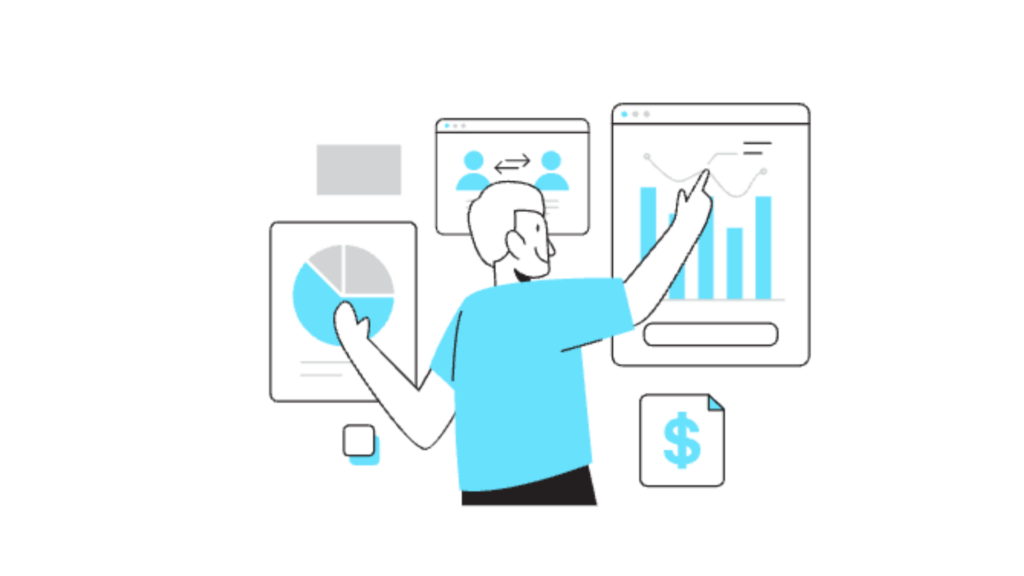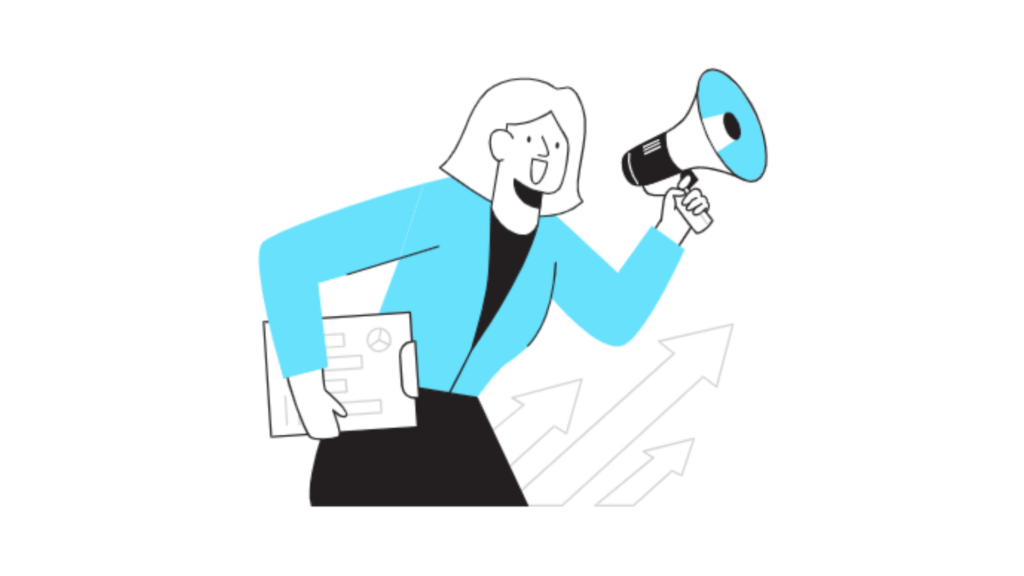10 tips for optimizing website performance on a budget

Your website is the first interaction consumers have with your business.
But more than 90% of customer interactions start online — and most users are likely to visit your website before connecting with you directly.
It means your website is your first chance to make a good impression on potential customers.
It’s also your opportunity to create a positive customer experience for visitors and nurture them toward conversion.
That’s why it’s crucial to make sure your website is always available and performing optimally for visitors.
In this post, we’ll provide you with ten tips to optimize website performance, even when you’re on a budget.
Use a content delivery network (CDN)
A content delivery network (CDN) is a network of servers that are distributed in various locations around the world. When someone visits your website, the server that is closest to them will be used to deliver your website’s content.
This can dramatically reduce the amount of time it takes for your website to load, especially for people who are located far away from your website’s server.
Using a CDN is a great way to improve your website’s performance, and it’s relatively inexpensive. There are several free and low-cost CDN options available, so you don’t have to break the bank to get started.
Minimize HTTP requests
When a user visits a website, their browser sends a request to the server where the website is hosted. The server then sends the website files back to the user’s browser to display the website.
Most websites don’t just send one request to the server. In fact, most websites send dozens of requests to the server to load all the files needed to display the website.
These requests can add up quickly and slow down your website. To minimize HTTP requests, you can:
• Combine files. If your website uses multiple CSS or JavaScript files, you can combine them into one file to reduce the number of requests needed to load your website.
• Minify files. Minifying your CSS and JavaScript files removes any unnecessary characters, like white space and comments, to reduce the file size. This can help speed up the time it takes to load your website.
• Use image sprites. Image sprites combine multiple images into one file. This allows you to load all the images in one request, instead of loading each image individually.
• Use lazy loading. Lazy loading is a technique that defers the loading of offscreen images and videos until the user scrolls down the page. This can help speed up the initial load time of your website.
Optimize images
Images are a great way to break up text and create visual interest on your website, but they can also slow down your website. Large, high-resolution images take longer to load than smaller, low-resolution images.
There are a few ways you can optimize images to improve your website’s performance. First, make sure you’re using the right file format. JPEG is the best choice for photographs, while PNG is better for images with transparent backgrounds, like logos.
If you’re creating large visual assets for your site, like infographics, using an online infographic maker can help you export web-optimized images that balance quality and load speed.
Next, make sure you’re using the right compression level. There are lots of tools available that will let you compress your images without sacrificing too much quality. Finally, make sure you’re using the right image dimensions. If you’re using an image as a thumbnail, there’s no need for it to be 1,000 pixels wide.
Choose a good web host
Your web host is the foundation on which your website is built. You want your foundation to be strong, reliable and fast.
Many small business owners make the mistake of choosing the cheapest web hosting option. However, you get what you pay for. If you choose a cheap web host, your website will likely be slow and unreliable. A poor-quality host can also expose your site to security threats in e-commerce, such as data breaches or malware attacks.
Whether you’re running an online store, a blog, or an event agency in London, investing in reliable hosting is crucial to ensure your website remains fast, secure, and available when customers need it most.
Make sure you choose a web host that has a good reputation for speed and reliability. If you’re using a headless CMS, make sure your hosting supports the backend APIs efficiently to fully leverage the benefits of headless CMS.
Minimize and combine files
The more files your website has, the longer it takes to load. That’s why it’s important to minimize the number of files your website uses.
You can do this by combining files. For example, if your website uses multiple CSS files, you can combine them into a single file. The same goes for JavaScript files.
You can also use CSS sprites to combine multiple images into a single image file. Then, you can use CSS to display only the part of the image you want.
In addition to combining files, you can also minimize the size of your files. For example, you can use Gzip to compress your files, which can reduce the size of your files by up to 70%.All of these improvements not only boost speed but also contribute to better SEO by aligning with search engine performance standards.
Use asynchronous loading for CSS and JavaScript files
Asynchronous loading is a technique that allows you to load CSS and JavaScript files in the background, without blocking the rendering of the rest of your page. This can help to speed up the initial loading time of your website.
To use asynchronous loading, you’ll need to add an “async” attribute to the script tag in your HTML for JavaScript files, or use the “defer” attribute if you want the scripts to load after the HTML parsing is complete. For CSS, tools and frameworks can help manage critical CSS (the styles needed for above-the-fold content) and defer non-critical styles for later. Many popular plugins and lightweight libraries also support async or deferred loading by default.
The real benefit here: visitors see your content faster, instead of waiting for every script and stylesheet to load first. If you’re using a CMS like WordPress, look for performance plugins that enable async or deferred loading with a simple toggle.
Enable browser caching
When someone visits your website, their browser downloads assets like images, CSS, and JavaScript files. Browser caching tells the browser to save those assets locally, so the next time the user visits, their browser can load them from their device instead of downloading them again. This can cut repeat load times by several seconds.
Most web servers support browser caching, and it can be set up with a few lines of configuration in your .htaccess file (for Apache) or via server settings for NGINX and others. If you’re on WordPress, you can enable browser caching with free plugins like W3 Total Cache. Set long expiration dates for assets that don’t change often—like logos or stylesheets—and shorter ones for content that updates regularly.
Limit the use of heavy plugins and third-party scripts
Plugins and third-party scripts (think: live chat, email widget, data tracking pixels, fancy pop-ups, embedded widgets) can make your site interactive—but they can also slow it down. Every new script adds more requests, more code, and more chances for things to go wrong.
Do an audit of your plugins and scripts. Remove any that don’t offer real value. For the essentials, check if lightweight or asynchronous alternatives exist. Sometimes you can replace three plugins with one, or swap a complex widget for a simple HTML solution. For example, if you run a loyalty programs, consider using tools like ReferralCandy, which integrate affiliate and referral programs into one plugin.
If you need to keep scripts for analytics or advertising, consider loading them after the page’s main content, or use “lazy” or “defer” options where possible.
Reduce server response time
Server response time (also known as Time to First Byte, or TTFB) is the amount of time it takes for your server to respond to a request. Slow response times frustrate users and hurt your search rankings.
If your server is consistently slow, start by reviewing your hosting plan. Shared hosting can be affordable, but it’s also slower and less reliable. Some providers offer “lite” managed hosting or cloud hosting at entry-level prices. Also, review your website’s backend: clear out old, unused plugins, keep your CMS up to date, and optimize your database by removing old revisions, comments, and spam.
Simple changes like enabling server-side caching, upgrading to PHP 8+, or using a lightweight theme can make a noticeable difference—without a big investment.
Monitor your website’s performance (and keep improving)
You can’t optimize what you don’t measure. Free tools like Google PageSpeed Insights, GTmetrix, and WebPageTest can show you what’s slowing your website down. To document and share specific performance issues with your team or developer, using a screenshot editor can help annotate problem areas clearly and efficiently. Many recommendations from these tools are easy to fix, like resizing images or turning on compression.
Set a calendar reminder to check your website’s performance and links every month. Track your scores, note what changes have a real impact, and make website performance an ongoing habit—not just a one-off project.
Final thoughts
Optimizing website performance doesn’t have to cost a fortune. By focusing on the fundamentals—like image optimization, caching, smarter scripts, and a reliable host—you’ll deliver a faster, smoother experience for every visitor. Small changes add up, especially when you treat website speed as a regular priority. And if you keep your site lean and efficient, you’ll not only save money but also convert more visitors into happy, loyal customers.
Start with these ten tips, and you’ll be surprised at how much faster (and friendlier) your website can become—without blowing your budget.


